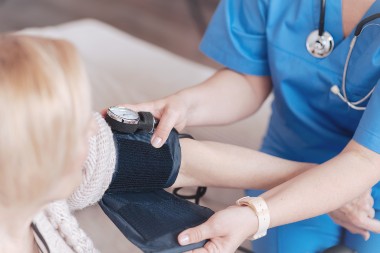Clinical teams are facing some difficulty in distinguishing between COVID-19, allergies, and the common cold this season because some traditional COVID-19 symptoms—such as dry cough and loss of taste or smell—have now become less common. The Zoe COVID Symptom Study in the UK supports this trend, with physicians observing milder disease, mostly concentrated in the upper respiratory tract. Sore throat was often identified as the first noticeable symptom, as reported in an NBC News article. …
Read More









